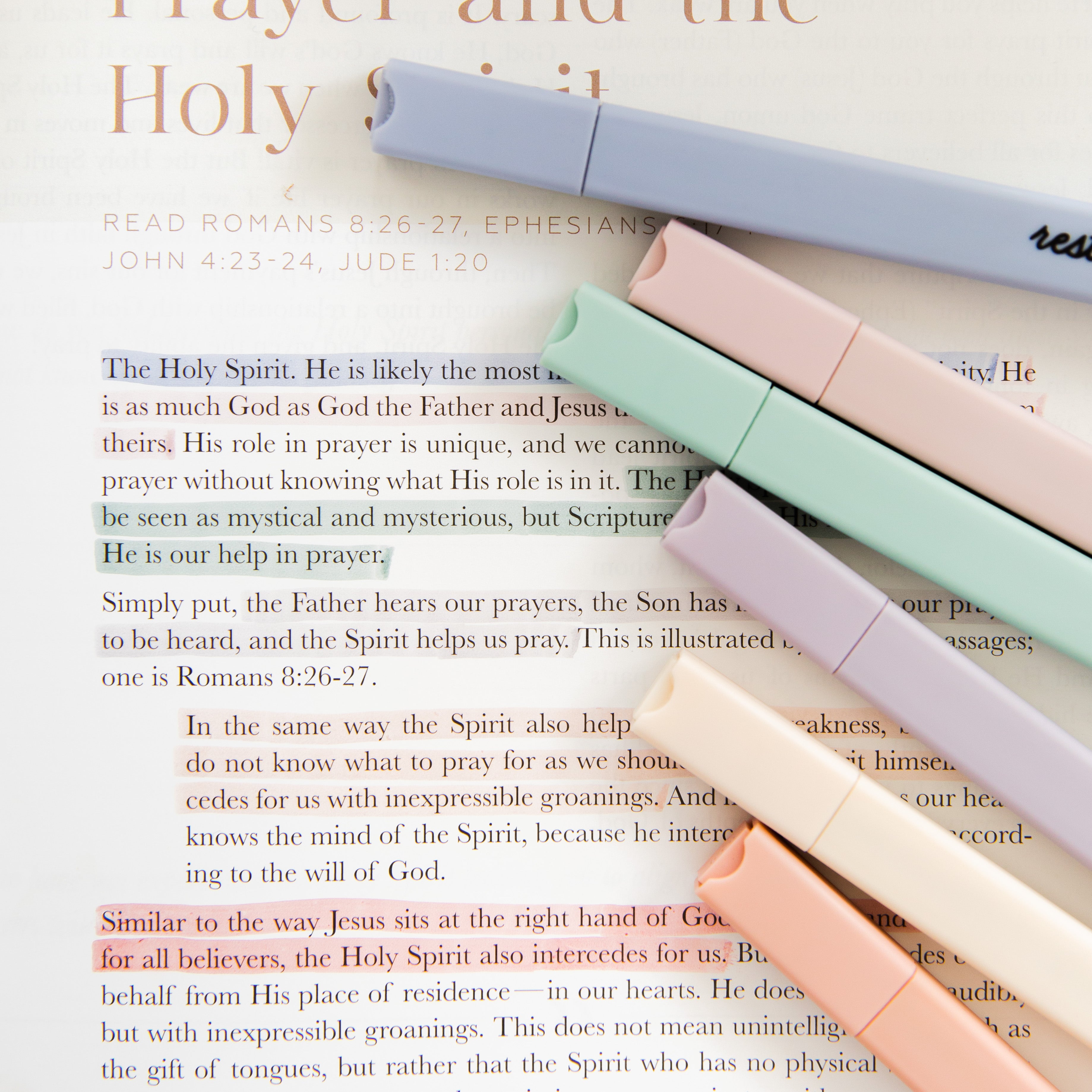Have you ever wondered how you are supposed to interact with the Mosaic law as a Christian? Or maybe you’ve wondered why God’s people are the Israelites in the Old Testament but the Church in the New Testament—and how those two may or may not be related. If you’ve thought about any of these questions, you are attempting to understand how the whole Bible fits together.
This is one of the most difficult questions for any Bible interpreter to answer. The difficulty lies in the fact that God gave revelation to His people over a long period of time rather than all at once. This progressive unfolding of Scripture forces us to answer questions about how the newer revelation relates to the older revelation. For example, has baptism replaced circumcision as a covenantal sign that should be administered to children? In order to answer questions like this— and those listed above—theologians have relied upon what we might call theological systems. A theological system is an approach or framework to Bible interpretation that brings together Bible exposition, Biblical theology, and systematic theology to help explain the teachings of Scripture.
There are several well-known theological systems, but the two most prominent systems are known as covenant theology and dispensationalism. In this blog, we’ll discuss covenant theology, also known as reformed theology. Be on the lookout for future blogs which will cover dispensationalism and compare the two approaches!

What is Covenant Theology?
Let’s begin our exploration of covenant theology by first defining “covenant.” According to theologian Wayne Grudem in Systematic Theology, a covenant is “an unchangeable, divinely imposed legal agreement between God and man that stipulates the conditions of their relationship” (Grudem, 1238). The conditions of the covenant often include obligations, blessings for obedience, and curses for disobedience.
Covenants appear all throughout the Bible. We read of the Noahic covenant (Genesis 6:17–22; 8:2–22; 9:1–17), the Abrahamic covenant (Genesis 12:1; 15:1–20; 17:1–2), the Mosaic covenant (Exodus 19–24), the Davidic covenant (2 Samuel 7), and the New Covenant (Jeremiah 31:31–34). Covenant theologians would also point to a creation covenant made with Adam or mankind (Hosea 6:7; Genesis 3:14–19).
In addition to these biblical covenants, covenant theology also stresses the importance of what have been called theological covenants. The theological covenants are seen as providing a context—or a structure—for understanding the unity of the Bible and the relationships between the biblical covenants listed above. Covenant theology places a strong emphasis on mankind before and after the Fall, as well as on Adam and Christ being covenant representatives between God and mankind.
In short, covenant theology is a theological system that understands the story of the Bible through the framework of theological and biblical covenants, which find their ultimate fulfillment in Jesus Christ.

Theological Covenants
As we seek to understand covenant theology, we can see that it is built upon three theological covenants:
-
The covenant of redemption between the Father, Son, and Spirit made prior to the creation.
-
The covenant of works (also called the covenant of creation) between God and Adam (the representative of humanity).
-
A covenant of grace with those in Christ, administered through the biblical covenants.
The foundation of the covenant of works and the covenant of grace is the covenant of redemption. This is a covenant made between the members of the Trinity in which the Father chose a group of people for redemption in the Son. The Son’s obligation in the covenant was to serve as the “guarantor and mediator of their redemption through his incarnation, obedience, death, resurrection, and ascension” (Parker & Lucas, 6). The Spirit’s role in this covenant is to equip the Son for His work and apply that finished work of Christ to those chosen for redemption.
The covenant of works, which is sometimes referred to as the covenant of creation, is a legal covenant made between God and Adam, who represents humanity (Hosea 6:7). Adam was promised life on the condition of perfect obedience to God—that is, not eating from the Tree of the Knowledge of Good and Evil (Genesis 2:16-17). And the penalty for disobedience was death (Genesis 2:17). When Adam and Eve ate from the Tree of the Knowledge of Good and Evil, the covenant was broken and the consequence of death was spread to all of the descendants of Adam (Romans 5:12) because of his role as the representative head of the human race. Man was now in need of redemption—rescue from sin and death.
Covenant theologians suggest that the covenant of grace is the vehicle through which God unfolds His plan of redemption. This covenant of grace is the defining characteristic of covenant theology. In the wake of the Fall, it serves as the framework for the story of redemption. It extends from the Fall in the garden of Eden through the new creation spoken of at the end of Revelation.
The covenant of grace is first seen when God promises that a descendant of Eve will strike the head of the evil serpent (Genesis 3:15). This serves as the foundation of all other biblical covenants (Noahic, Abrahamic, Mosaic, Davidic, and the New Covenant). The biblical covenants are often thought of as the means through which the covenant of grace is dispensed (Parker & Lucas, 9). That being said, it is important to make a distinction between the means and the substance of the covenant of grace.
The substance of the covenant of grace is Jesus Christ. Because He is the Second Adam, who displayed perfect obedience and accomplished redemption for mankind, He has always been the center of redemption. And while the substance of the covenant of grace has not changed, it has been dispensed in many ways across history, “moving from promises, types, and shadows to the fulfillment in Christ” (Parker & Lucas, 10).

Interpretative Implications from Covenant Theology
Because the covenant of grace spans from the garden of Eden to the new creation and the substance of the covenant is Jesus Christ, covenant theology sees continuity and consistency in God’s plan for His people. For example, covenant theologians believe that Israel and the Church are one covenant people of God composed of believers as well as their children who may not yet be believers. Additionally, they see a connectedness between the signs of the covenants. In the Old Testament, children entered into the Abrahamic covenant and community of God’s people through circumcision. Now, they enter the new covenant community through baptism. Similarly, most if not all covenant theologians would affirm that with His coming, Christ inaugurated the Kingdom of God—yet it awaits final consummation, which will occur at His Second Coming.
Ultimately, covenant theology traces the story of redemption through the theological covenants. Before the foundation of the world, the three persons of the triune God—Father, Son, and Holy Spirit—made a covenant of redemption to elect a people for salvation. Adam’s failure to uphold the covenant of works made necessary the covenant of grace, which provided the way for God’s people to be redeemed from the curses of sin and death.
The covenant of grace was made with God’s chosen people, in Christ. Thus, each of the biblical covenants have Jesus Christ as their substance and ultimately find their fulfillment in Him. This Christ-focused telos—or purpose—provides continuity to God’s plan of redemption for His people and results in Bible interpretation that is overarchingly centered on Christ.
Suggested Further Reading
Horton, Michael. Introducing Covenant Theology. Grand Rapids, MI: Baker Books, 2006.
Robertson, O. Palmer. The Christ of the Covenants. Phillipsburg, NJ: Presbyterian and Reformed Publishing Co., 1980.
Sproul, R. C. What is Reformed Theology? Understanding the Basics. Grand Rapids, MI: Baker Books, 1997.
Sources
Horton, Michael, Stephen Wellum, Darrell Bock, and Mark Snoeberger. Covenantal and Dispensational Theologies: Four Views on the Continuity of Scripture. Edited by Brent E. Parker and Richard J. Lucas. Downers Grove, IL: IVP Academic, an imprint of InterVarsity Press, 2022.
Grudem, Wayne A. Systematic Theology: An Introduction to Biblical Doctrine. Grand Rapids, MI: Zondervan Academic, 2020










